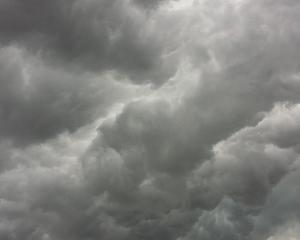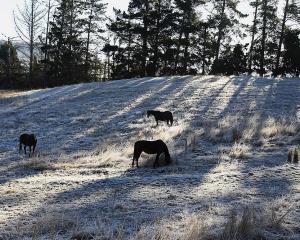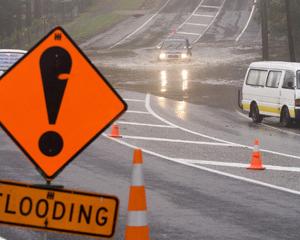One of the driest Januaries in more than 100 years has resulted in an "extreme" and "severe" lack of soil moisture across all of the North Island.
A review by Niwa of last month's weather has found rainfall was at record lows for most of the North Island, with agriculturally important land around Auckland, Waikato and Northland receiving less than 10 per cent of their normal January rain.
Only 4mm fell at Tauranga, its second lowest January rainfall since records began in 1898, and 7mm was recorded at Hamilton, its third lowest since 1905.
The 9mm recorded at Auckland Airport last month was the lowest since 1962, while 4mm at Whitianga was its lowest on record.
The lack of rain and record-high sunshine hours have contributed to parched land across much of the country, Niwa climate scientist Georgina Griffiths said.
The moisture level in soil is so low in some areas that it is almost too hard to measure.
There is less than 20mm of rain in soil in the Northland, Auckland, Waikato, Bay of Plenty, Gisborne, Hawkes Bay and Wairarapa regions, where the moisture capacity is 150mm.
All of those areas are graded as having "extreme" moisture deficits while all other areas of the North Island are rated as "severe".
Wet weather across the country today was expected to offer little reprieve for parched farms.
"It's been a long time since I've seen so much [land] under the extreme soil moisture deficit tag," Ms Griffiths said.
"[January] has been great beach weather [but] it's been a bit harder for farmers."
While the north sweltered last month, the South Island had a relatively wet 31 days.
Rainfall exceeded 150 per cent of the January normal from Queenstown to Gore as well as Central Otago, Nelson and Marlborough.
More than double the usual January rainfall was seen around Mt Cook, the Kaikoura Coast and in parts of north Canterbury.
Closer to normal rainfall was observed in coastal Westland and Fiordland, as well as Dunedin, Christchurch and coastal south Canterbury.
Weather highlights
- The highest temperature was 35.1C, recorded three times during the month: at Clyde on January 5 (record-equal for January), and at Gisborne on January 9 and 10
- The lowest temperature was -0.5C, observed at Hanmer Forest on January 18
- The highest 1-day rainfall was 346mm, recorded at Mount Cook on January 9 (a new January record)
- The highest wind gust recorded was 161km/hr at Cape Turnagain, on January 8
- Of the six main centres last month, Auckland was the warmest, Dunedin the coolest, Wellington the wettest, and Tauranga the driest and sunniest
- Kieran Campbell of APNZ







